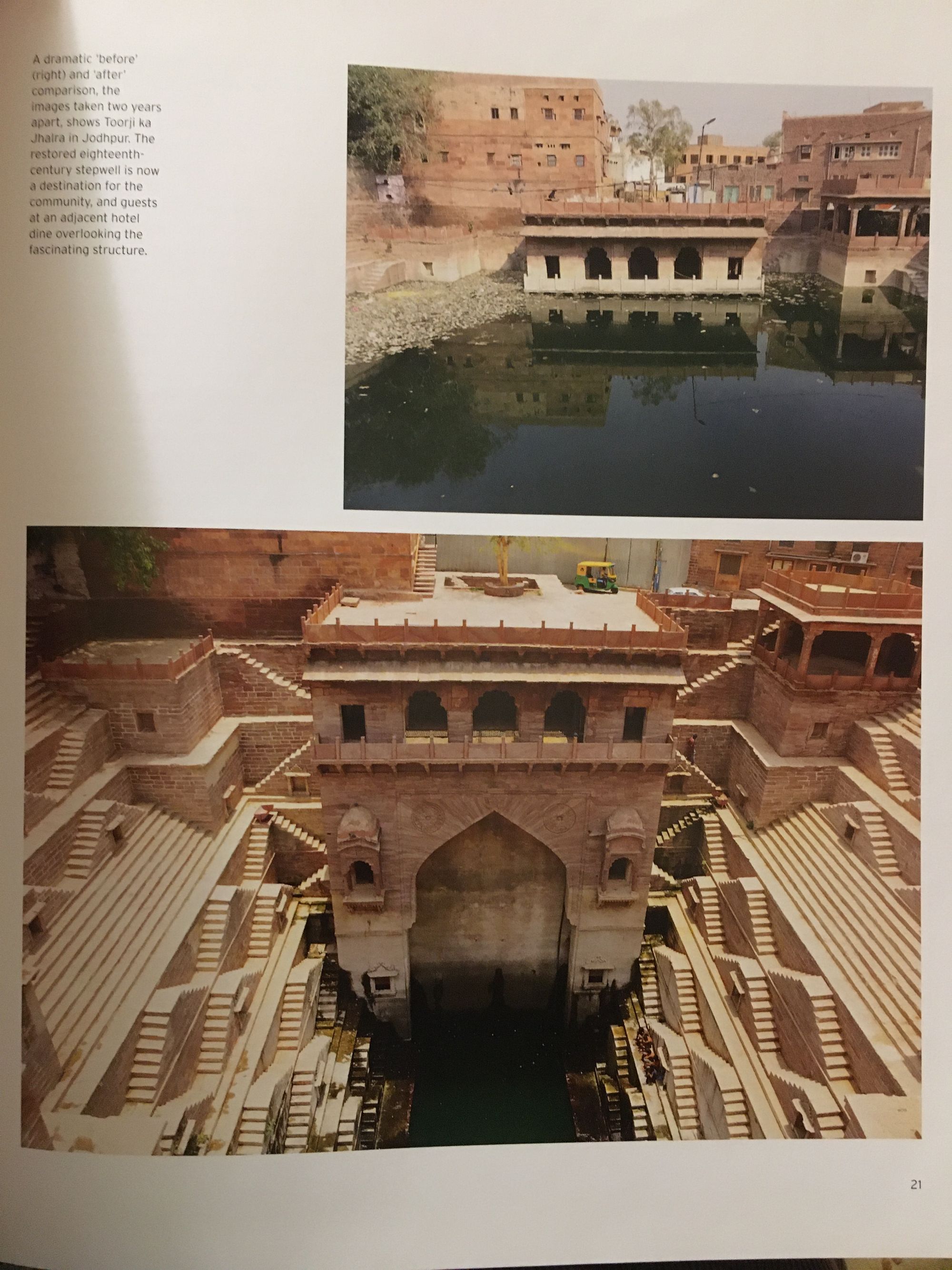Big Well(s)
I spent quite a bit of time in southwestern Kansas last year, on account of a couple of projects with my work. On one of these trips, I had a bit of extra time on the (long) drive from Wichita, so I stopped at a small-town museum built around a very large hand-dug well.
The Big Well Museum in Greensburg, Kansas claims to have the world's largest hand-dug well. It was built in the 1880s (finished in 1888) and has a depth of 109 ft and a diameter of 32 ft (for a volume of 87,700 cu. ft.). According to the museum, it took 30 men working for nine months (for no more than $2 per day) to build it. It's not entirely clear if that includes teams quarrying and transporting stone for the wall of the well, or if it only includes the team working on-site.
The museum also has a lot of general information about the town itself. It suffered a devastating tornado in 2007 and has tried to rebuild in a very energy-efficient and sustainable manner. It's also interesting to see the summary of what was in the town at the time the well was built and how it compares to the present. Back in the late 19th century, Greensburg had 2,000 people, 4 banks, 6 grocery stores, and numerous other small businesses. Now it only has a population of less than 750, with fewer thriving businesses. Agriculture takes less labour than it used to, and transportation has gotten better, so a lot of services don't need to be available in every town anymore.
The Big Well is dug into the Ogallala Aquifer, which is a major source of water (especially for agricultural irrigation) across a wide arc in the Great Plains of the United States. Because of the intensity with which its water is used, this aquifer is being depleted in many places. A couple of hours further West (where it is significantly more arid), an old farmer told me that new wells in that area are now drilled 600 - 800 ft deep; the aquifer is dropping by around 1 - 3 ft per year in that area. Greensburg hasn't seen nearly as drastic a decline, but the museum still covers this issue.
Here are a couple of photos from the museum:


For comparison to the Big Well in Kansas, I looked through a coffee table book I have about Stepwells in India: Vanishing Stepwells of India, by Victoria Lautmann. I wanted to see how well the Big Well's claim to be the largest hand-dug well in the world would hold up, since I knew there are some pretty large stepwells.
Stepwells are structures that provide access from the surface level down to where groundwater can be found. The tiered steps mean that there will be access even if the water level fluctuates seasonally (since most of the annual precipitation and aquifer recharge occurs during the Monsoon). If I understand correctly, the large volume of a stepwell probably provides a secondary function as a cistern to capture and store monsoon rains and could also help recharge the aquifer. Stepwells have various formats, ranging from inverted pyramids (probably the most iconic and recognizable), to linear channels, to spirals.
The following images show how stepwells can provide adaptable access at drastically different water levels:


(See here for a view of seasonally changing water levels in a different context).
Using Vanishing Stepwells of India (which provides coordinates along with names and descriptions of the stepwells it covers) as a starting point, here is a list of some large and significant stepwells to compare to the Big Well in Kansas.
- Chand Baori (Rajasthan): a depth of 12 or 13 stories, approximately 30 m or 100 ft; other sources say only 19.5 - 20 m deep. Square plan with sides of around 123 ft (37.6 m). Simplifying the geometry to a square pyramid, the volume is slightly over 500,000 cu. ft. (based on the larger depth number).
- Rani ki Vav (Gujarat): Various sources state: the length as 65 metres (213 ft), 67.8 m (222 ft), or 64 m (210 ft); the width as 20 m (66 ft), or 15.6 m (51 ft), and the depth as 28 m (92 ft), or 27 m (89 ft)—in some sources the well shaft at the western end reaches a depth of 30 m (98 ft), so I assume these depths are for the stepped portion. It probably took 15-20 years to build, with stone hauled from 140 km (87 miles) away, and features extremely elaborate stonework and carvings, according to Lautmann's book. Simplifying the geometry to a triangular prism, the volume is approximately 647,000 cu. ft. (using the first value stated for each dimension).
- Nagar Sagar Kund (Rajasthan): This is actually a set of twin stepwells. Their footprint is around 73 ft (22.4 m) x 58 ft (17.8 m) each (depth unknown).
- Ramkund (Gujarat): Square plan with sides less than 85' (26 m) (depth unknown).
- Mahila Baag Jhalra (Rajasthan): Square plan with sides around 75' (23 m) (depth unknown).
The first two in the list are probably among the largest and most famous stepwells in India. It can be seen that the Big Well in Kansas is larger based on depth, but if you consider the total excavated volume, these stepwells are far larger. In fact, the shaft at the western end of Rani ki Vav is only a little smaller than the Big Well.
It's no coincidence that the geographical distribution of stepwells is concentrated in Rajasthan and Gujarat. This is a water-stressed region, like the American High Plains, where innovation and investment has always been required to manage water resources.
To wrap this post up, here are some additional links to enjoy:
- Some musical accompaniment
- A travel guide to stepwells
- Several articles about stepwells and other historic water technologies
- A relevant book review from a previous post